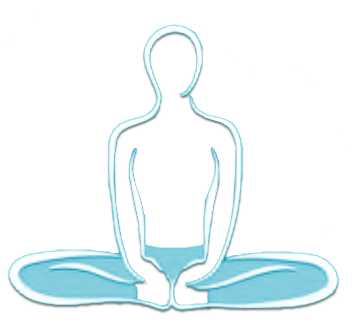The five principles of Yoga – exercise, breathing, meditation, relaxation and diet – aim to promote physical, mental and spiritual harmony and well-being.

The Five Principles of Yoga
Meditation
Meditation is a practice used to calm the mind and concentrate on the \”self\”. Yogis believe that happiness can not be found through material wealth or temporary pleasures. True happiness can only come from within one\’s self. Turning the mind inward, transcending boundaries of time and space, it produces a state of perfect concentration and spiritual enlightenment. Regular meditation will enable you to extend this calm to everyday life.
Exercise: the asanas
The word \”asana\” literally means \”steady pose\” and is used to describe the physical exercises in Yoga. Consisting of various stretching movements, the asanas are designed to increase flexibility and strength, improve the circulation of blood and prana (energy) around the body and massage the internal organs and glands.
Requiring concentration and meditation. The asanas rejuvenate the mind as well as the body. There are 12 basic asanas, once you have mastered these you can progress on to the more advanced variations.
Breathing
Pranayamas are breathing techniques that are used to influence the flow of energy, pr prana, inside the body. Most of us do not use our full lung capacity when we breathe, resulting in a lack of oxygen that can lead to poor health and fatigue. Breathing control is an important part of the five principles of Yoga and is an effective means of combating stress.
Proper relaxation
While we can be active for a certain amount of time, without proper rest, the mind and body become inefficient. Relaxation is a basic requirement and an important part of the five principles of Yoga as we all need time to restore the energy we have expanded. Modern life with all its demands and distractions makes it difficult to achieve proper relaxation. In Yoga, complete relaxation is achieved on three levels: Physical – Between every asana, the relaxation pose, the \”corpse\” is practised. Mental – Yogic breathing exercises help to ease mental tension. Slowing down the breathing to a rhythmic pattern helps to induce a deep sense of calm and relaxation. Spiritual – True relaxation can only be achieved by withdrawing from the body and mind, this allows us to enter into a state of peace and tranquillity of the spirit. The meditation techniques used in Yoga calm the mind, create a feeling of oneness with the divine and promote deep inner relaxation.

The corpse pose
A Pure Diet
The Yogic diet consists of natural foods that nourish the mind and body. Ideally, the diet should be vegetarian as, according to Yogic teachings, only foods grown from the soil are \”sattvic\” or pure. Most vegetarian food is digested easily and supply all the essential nutrients. In contrast, meat has less nutritional value and can lead to lethargy and sluggishness. Any change in the diet should be carried out gradually, increasing the amounts of vegetables, fruits, grains and nuts as you decrease your intake of meat-based foods.

